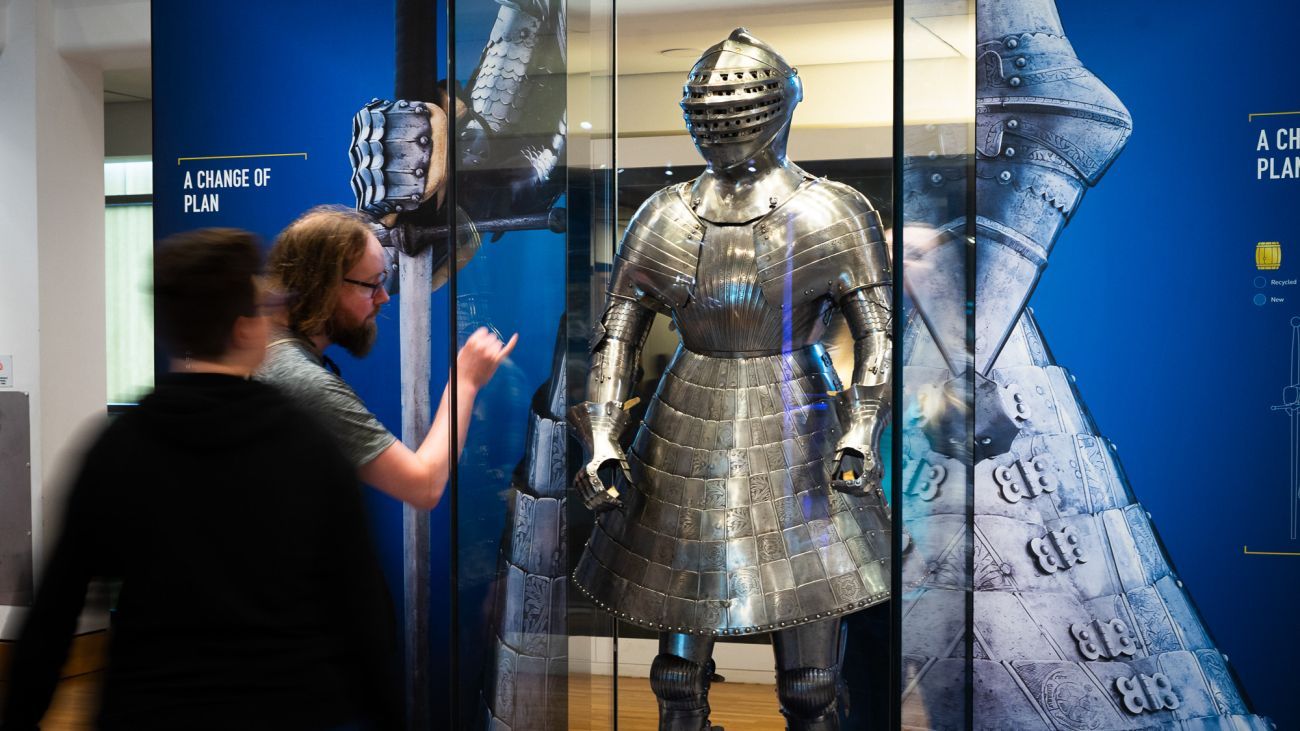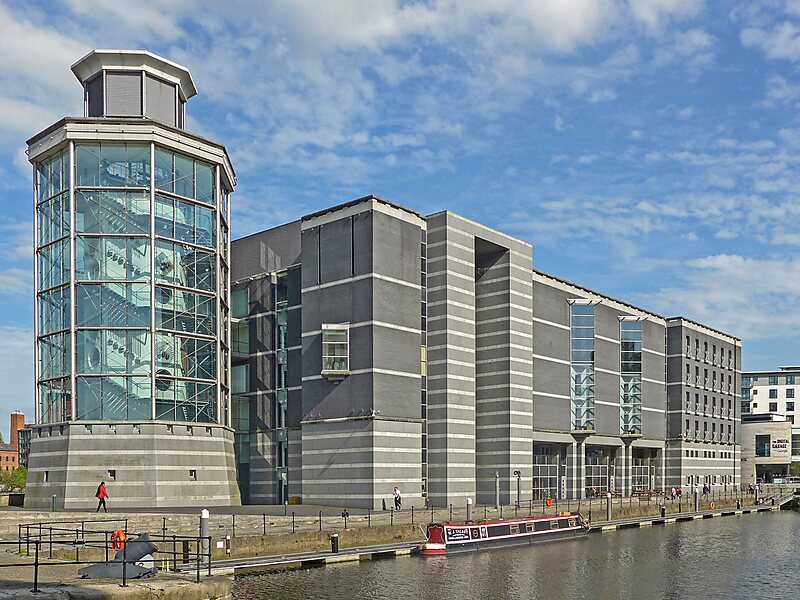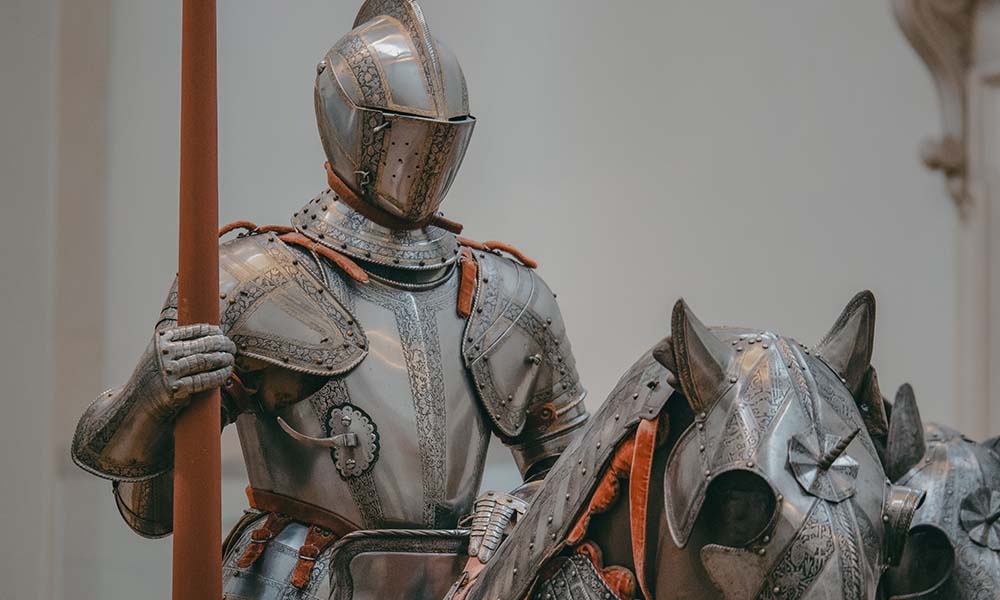Royal Armouries: Guardians of History and Heritage 2024
The Royal Armouries stands as a bastion of history and heritage, preserving and showcasing a remarkable collection of arms, armor, and military artifacts from across the ages. With its origins rooted in the royal arsenals of medieval England, the Royal Armouries has evolved into a premier institution dedicated to the study and appreciation of military history and craftsmanship. In this article, we’ll embark on a journey through the halls of the Royal Armouries, exploring its storied past, diverse collections, educational initiatives, and enduring legacy.

A Legacy of Protection and Prestige:
Founded in the 15th century by King Henry VIII, the Royal Armouries initially served as a repository for arms and armor used in royal ceremonies, tournaments, and battles. Over the centuries, it expanded its collections through acquisitions, bequests, and donations, becoming one of the world’s most comprehensive repositories of military artifacts.
Collections and Exhibitions:
The Royal Armouries houses a vast and diverse collection of arms, armor, and related artifacts spanning thousands of years and multiple cultures. Its galleries showcase everything from ancient swords and medieval suits of armor to modern firearms and military vehicles. Special exhibitions offer insights into specific themes, periods, or conflicts, providing visitors with a deeper understanding of military history and technology.
Highlights of the Collection:
Among the Royal Armouries’ most iconic treasures are the armor of King Henry VIII, the Tournament Gallery featuring jousting armor and weaponry, and the War Gallery showcasing weapons and equipment used in major conflicts throughout history. Other notable pieces include ceremonial armor, decorative firearms, and battlefield artifacts, each offering a glimpse into the martial traditions and innovations of the past.
Educational Initiatives:
As a leading center for research and education, the Royal Armouries offers a range of educational programs, workshops, and events for visitors of all ages. These initiatives aim to engage and inspire audiences, fostering a deeper appreciation for military history, technology, and culture. Through hands-on activities, demonstrations, and lectures, the Royal Armouries brings history to life and encourages lifelong learning.

Conservation and Preservation:
The Royal Armouries is committed to the preservation and conservation of its collections, ensuring that they are safeguarded for future generations. Its dedicated team of conservators employs best practices and state-of-the-art techniques to care for fragile artifacts and protect them from deterioration. Through careful stewardship, the Royal Armouries ensures that its treasures will continue to inspire and educate for years to come.
Community Engagement:
As a public institution, the Royal Armouries plays an active role in the cultural life of its community, offering events, activities, and outreach programs that engage audiences beyond the museum walls. From school visits and family workshops to community partnerships and digital initiatives, the Royal Armouries strives to make military history accessible and relevant to diverse audiences.
The Royal Armouries stands as a testament to the enduring legacy of martial heritage and innovation. Through its world-class collections, educational initiatives, and commitment to preservation, the Royal Armouries enriches lives, fosters understanding, and honors the bravery and ingenuity of those who came before us. As a guardian of history and heritage, the Royal Armouries continues to inspire and captivate audiences with its tales of valor, craftsmanship, and the human experience in times of conflict.
Exploring the Pros and Cons of the Royal Armouries
The Royal Armouries, with its extensive collection of arms, armor, and military artifacts, stands as a beacon of history and heritage, offering visitors a glimpse into the martial wdbos traditions of the past. However, like any institution, the Royal Armouries has its own set of advantages and disadvantages. In this article, we’ll delve into the strengths and weaknesses of this esteemed museum, providing insights into its educational value, conservation efforts, accessibility, and more.

Advantages of the Royal Armouries:
- Rich Historical Collection: The Royal boasts a vast and diverse collection of arms, armor, and military artifacts spanning centuries and cultures. From medieval suits of armor to modern firearms, its exhibits offer a comprehensive overview of the evolution of weaponry and warfare.
- Educational Opportunities: As a leading center for research and education, the Royal provides valuable learning opportunities for students, scholars, and the public. Its exhibitions, workshops, and lectures offer insights into military history, technology, and culture, fostering a deeper understanding of the past.
- Cultural Enrichment: The Royal Armouries plays a vital role in enriching the cultural landscape of its community, offering events, activities, and outreach programs that engage audiences of all ages and backgrounds. Its exhibitions and collections inspire curiosity and appreciation for history and heritage.
- Preservation and Conservation: The Royal Armouries is committed to the preservation and conservation of its collections, employing best practices and state-of-the-art techniques to safeguard artifacts for future generations. Its dedicated team of conservators ensures that fragile objects are cared for and protected from deterioration.
Disadvantages of the Royal Armouries:
- Limited Accessibility: Despite efforts to improve accessibility, the Royal Armouries may still pose challenges for visitors with disabilities or mobility issues. Some areas of the museum may be difficult to navigate for wheelchair users, and crowded galleries can make it challenging to fully appreciate the exhibits.
- Overwhelming Size: The vast size and scope of the Royal Armouries’ collections can be overwhelming for some visitors, leading to sensory overload and difficulty focusing on specific exhibits. Navigating the museum’s galleries may require careful planning and time management.
- Interpretation and Context: While the Royal Armouries provides informative labels and signage, some visitors may find the interpretation of artifacts lacking in depth or context. A deeper exploration of the historical and cultural significance of objects could enhance the educational value of the museum’s displays.
- Crowds and Queues: During peak tourist seasons or special exhibitions, the Royal can experience high volumes of visitors, leading to long queues and crowded galleries. This can detract from the overall visitor experience and make it difficult to fully engage with the exhibits.
Conclusion:
In conclusion, the Royal Armouries offers a wealth of advantages, from its rich historical collections to its educational opportunities and cultural enrichment. However, it also faces challenges, including limited accessibility, overwhelming size, interpretation issues, and crowds. By addressing these shortcomings while building on its strengths, the Royal can continue to fulfill its mission of preserving history, educating the public, and honoring the legacy of those who came before us.
Read More Article About “Chhena Poda: Mastering Odisha’s Exquisite Dessert“
